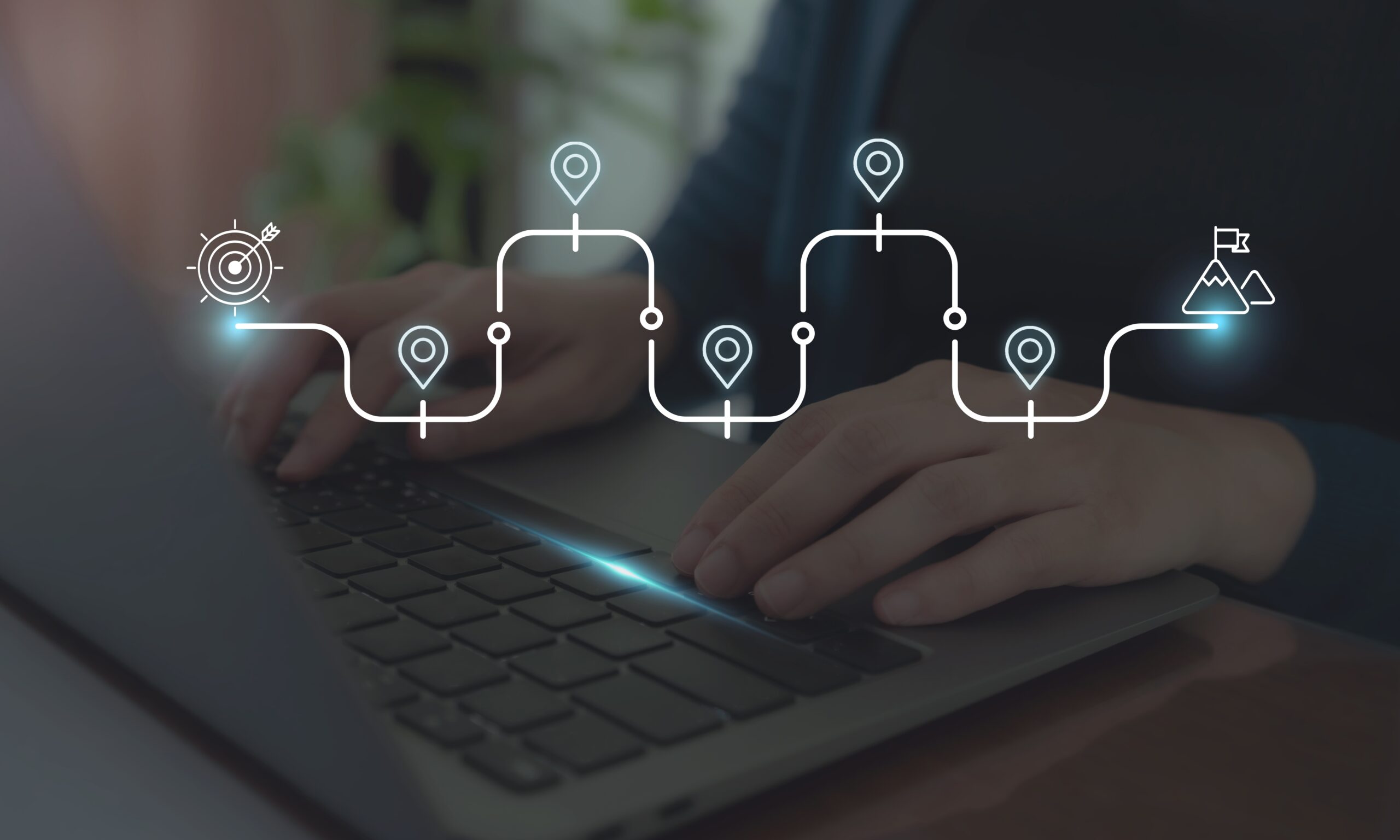Change Management Solutions: Navigating Transformation with Precision
Effective change management is essential for organizations striving to adapt, innovate, and thrive in today’s rapidly evolving business landscape. At AxysPoint Consulting Group, we specialize in guiding enterprises through complex transformations, ensuring seamless transitions and sustainable success.
Approximately 50% of change management projects and a staggering 75% of large-scale transformations fall short of achieving their intended objectives. AxysPoint Consulting’s Organizational Change Management experts are Prosci-Certified and specialize in business process improvement, project management, and red project recovery.
Our Change Management Services
We offer a comprehensive suite of change management services tailored to meet the unique needs of your organization:
- Phase I
- Phase II
- Phase III

STRATEGIC VISION
Align leadership behaviors and actions with the transformation’s goals, creating a shared sense of purpose and accountability.
Provide leadership development programs to equip leaders with the necessary skills to drive and sustain the transformation.

STAKEHOLDER ENGAGEMENT
Identify and engage key stakeholders at all levels of the organization, ensuring their involvement and support throughout the transformation journey.
Develop tailored strategies to address stakeholder concerns, build trust, and foster a sense of ownership.

COMMUNICATION AND CHANGE PLANNING
Design a comprehensive communication plan to effectively convey the purpose, scope, and progress of the transformation.
Develop change management plans that outline the activities, resources, and timelines needed to facilitate a smooth transition.

ORGANIZATIONAL READINESS
Assess the organization’s readiness for change, identifying potential barriers and challenges.
Develop strategies to address resistance, build change readiness, and enhance organizational agility.

LEADERSHIP ALIGNMENT & DEVELOPMENT
Align leadership behaviors and actions with the transformation’s goals, creating a shared sense of purpose and accountability.
Provide leadership development programs to equip leaders with the necessary skills to drive and sustain the transformation.

TRAINING & DEVELOPMENT
Design and deliver comprehensive training programs to equip employees with the knowledge and skills required for new processes, technologies, and roles.
Provide ongoing support and coaching to facilitate skill adoption and address individual needs.

CHANGE IMPACT ASSESSMENT
Assess the potential impact of the transformation on various aspects of the organization, including processes, systems, and people.
Identify areas of high impact and develop targeted change strategies to minimize disruption and optimize outcomes.

CULTURE & BEHAVIOR
Analyze the existing organizational culture and identify the desired cultural traits that align with the transformation.
Implement change interventions to shape the culture and foster behaviors that support the desired change.

PERFORMANCE MANAGEMENT
Align performance management systems and metrics with the transformation objectives.
Develop mechanisms to track and measure performance, provide feedback, and recognize and reward desired behaviors.

CHANGE EXECUTION & MANAGEMENT
Execute the change plan, coordinating activities, resources, and timelines to ensure smooth implementation.
Monitor progress, identify risks, and take corrective actions as necessary to keep the transformation on track.

TRANSITION MANAGEMENT
Develop transition strategies and plans to ensure a seamless shift from the current state to the desired future state.
Manage the logistical and operational aspects of the transition, including process handovers, resource allocation, and technology adoption.
Client Success Stories
Global Healthcare Organization
Health Services Company Post-Merger Integration
Guided a comprehensive change program that elevated organizational health scores to the top quartile, enabling the successful onboarding of over 10,000 new employees.
Developed a three-year strategy post-merger, building new capabilities and redesigning the operating model to achieve seamless integration and enhanced performance.





